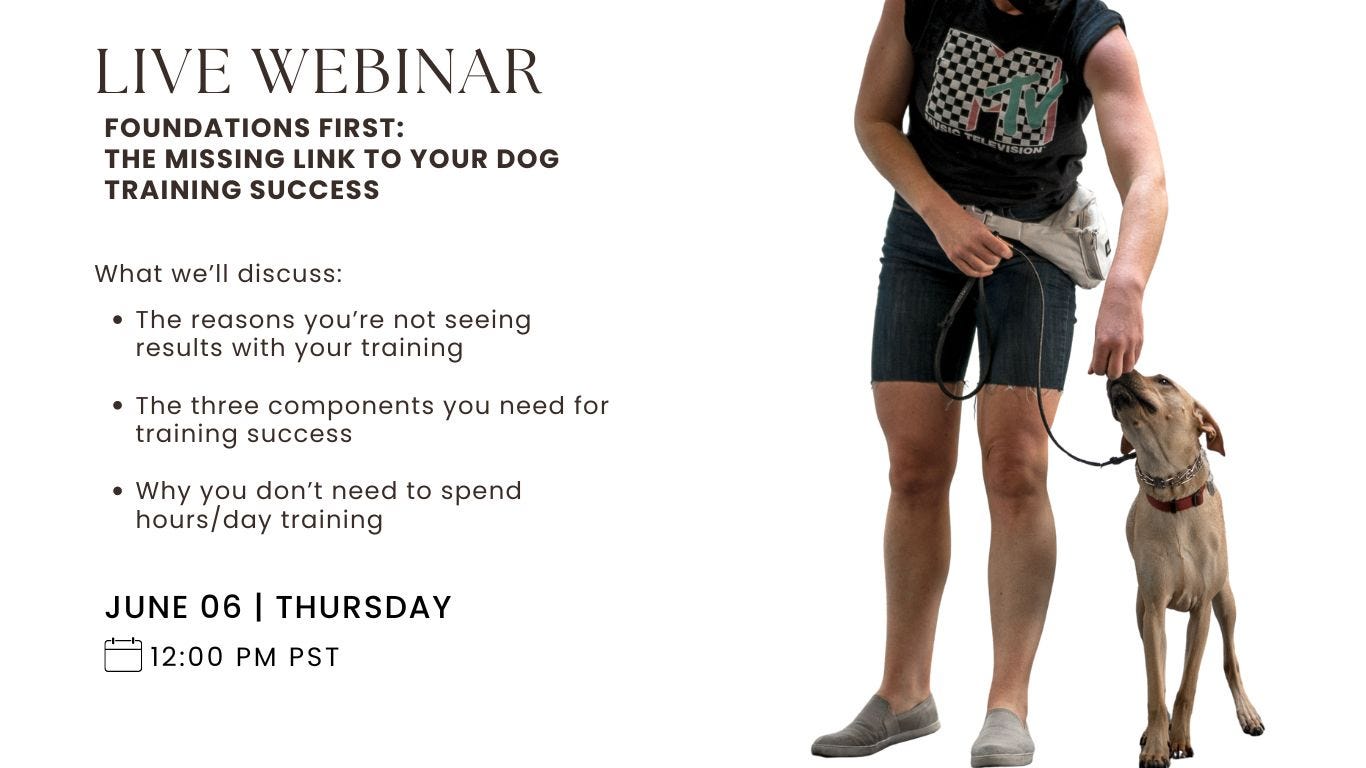Drowning out the Seagulls
The loudest voices are not necessarily the correct voices. My master coaches call them the "seagulls" because they drown out everyone else with their raucous.
I spent the first four or so hours of my 10-hour drive from eastern Idaho back home to the Columbia River Gorge listening to a podcast called Sold a Story.
The podcast investigates why so many schoolchildren around the world, but particularly in the US, are poor readers.
The reason, according to the creator, education journalist Emily Hanford, is because…
Keep reading with a 7-day free trial
Subscribe to The Enlightened Dog Owner by Jen Sotolongo to keep reading this post and get 7 days of free access to the full post archives.




